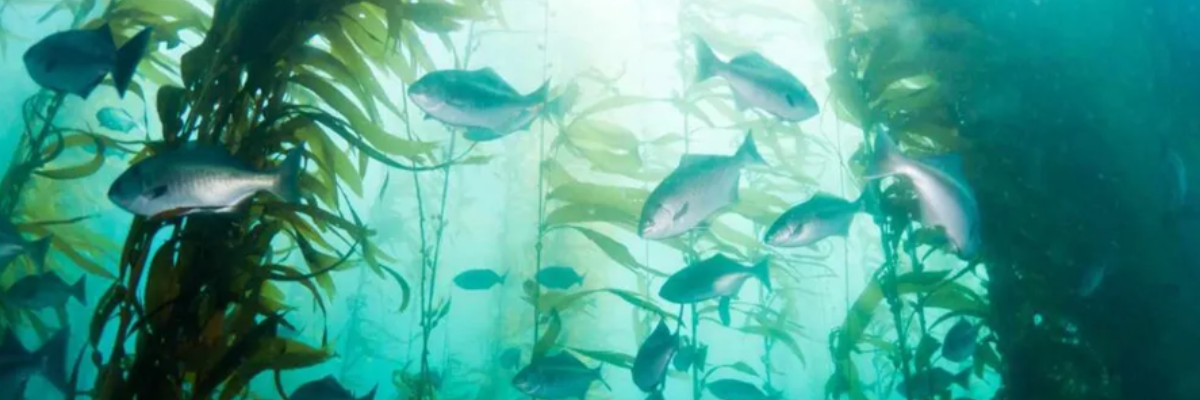Marine biofouling and its effect on ocean biodiversity
For the third year running, the important topic of marine biofouling and how it can be controlled, was addressed by our expert panel at METSTRADE 2021. The session was broadcast live via the Connect platform from the TV studio on-site at the RAI in Amsterdam.
Back in 2019 we introduced the IMO GloFouling Project as the first-ever globally coordinated effort to address biofouling from shipping, and from all marine sectors including recreational boating. Since then, many organisations from our industry have joined the GloFouling partnership, and this year’s show was another opportunity to continue supporting them in the quest towards protecting marine biodiversity and lowering harmful emissions.
The title of the forum was very specific and tied in with a series of Workshops that our show partners at ICOMIA have already completed during shows in Southampton, Genoa and Barcelona. The series, ‘Clean hulls - essential for sustainable boating and marine diversity,’ will continue to be rolled out across a number of boat shows in the coming few months.
Panel details and background
Netherlands based TV presenter Pernille La Lau was the master of ceremonies for the TV sessions over the three days of the show, and for this subject she was joined in the studio by co-host Dr Julian Hunter, Head of Sustainability at ICOMIA, and Hans Slegtenhorst, Senior Product Manager (Yacht) at coatings producer AkzoNobel. Joining virtually via Zoom were John Alonso, Technical Analyst for the IMO GloFouling Project, and Darren Jones, Director of NRG Marine (Ultrasonics), and past Chairman of GloFouling Global Industrial Alliance. (GIA) Pernille introduced the topic as follows: “What has become crystal clear in recent years according to the scientific community, is that there are three key issues dominating the sustainability debate right now – all of which pose a threat to our planet: That is, Climate Change, Plastic Pollution, and Loss of Biodiversity.
“They are all equally damaging, meaning that dealing with one of them in isolation will not be sufficiently effective. Also, they are all inexorably linked to the conservation of our oceans and waterways. So today we are looking specifically at how marine biofouling in recreational boating is contributing to those challenges; In particular, to the loss of biodiversity, how that occurs, and how we are better able to combat the threat with the use of various developing technologies.”
“Also” said Pernille, “we will explore what actions are being taken on a global scale by competent authorities and the International Maritime Organisation.”
How exactly is ocean biodiversity being disrupted?
In answer to this question Julian Hunter explained about the delicate balance in the seas, between for instance, fish, crustaceans and algae and how they all interact together.
He said, “if boat owners don’t keep their hulls clean, they offer a ‘taxi ride’ to a species that may sit on the bottom of a vessel in one place, and then gets transported to another area. They can then opportunistically grow, and in some cases out-compete the natural species which already exist there, therefore potentially destroying the make-up of the eco system.”
Two examples from many that are well documented were quoted. Zebra mussels transported from Europe to the Great Lakes in the USA, and tube worms from Australia to UK waters. In both cases these invasive species caused huge disruption and damaging costs to aquaculture, fisheries and the food chain.
What is GloFouling all about?
John Alonso, who has been with the GloFouling project since its inception, explained how the initial focus has been to help developing nations; by creating reports, technical data, training packages and best practise information on how to control biofouling, and how that knowledge will be expanded globally in future.
He emphasised how marine vessels and structures have been a vector for invasive species for centuries, but in the last 50 years the intensity of our use of the world’s seas has grown exponentially. This not only applies to ships and yachts but extends to aquaculture, large ocean energy structures, fisheries and multiple applications sharing the same waters and harbour spaces. Our dependence on a balanced ocean eco-system for our food goes even further, John explained. Referring to the Covid pandemic he mentioned how the pharmaceutical industry relies on ocean derived materials for disease control products, which is another reason why the critical balance of ocean life must be preserved.
Referring to the recreational boating sector John stated that a comprehensive report covering best practises for biofouling control will be published in the coming months, based on the research data gathered during the project’s 3-year lifespan so far.
It is also important to note that managing biofouling improves the performance of leisure boats and reduces greenhouse gas emissions. An example taken from commercial shipping sector studies was quoted: 0.5mm thickness of biofilm covering 50% of a ship’s hull can increase fuel consumption by up to 20%! Quite obviously this scenario can also be applied to leisure yachts of all sizes, and particularly to superyachts.
How is the coatings sector dealing with the threat from biofouling?
Hans Slegtenhorst from AkzoNobel, manufacturers of a wide range of marine paints and antifouling coatings was asked to explain how his company are dealing with the challenges of chemical, environmental, and climate change related legislation.
Hans pointed out that antifouling coatings are the most highly regulated part of the paint production industry. For instance, the EU’s Biocidal Products Directive lays down strict controls on the amount of biocide that can be included in the coating formulation and released from the paint film in order to discourage fouling growth on the hulls of boats.
Balancing the requirements of three directives; those related to biofouling, chemical controls and emissions targets is an ongoing task he said, as they all overlap to some degree and the coatings formulator must take all of them into account. This means that the limits of biocide content must be lowered (in line with chemical control directives) whilst striving to keep the coatings effective against biofouling.
Hans said that AkzoNobel are continuously working on new biocide free / foul release type products, and they recognise that they have to be creative in order to strike the balance between the applicable legislative framework.
A question from a viewer asked if there were any new innovative developments that might become a game changer in future?
Apparently Dutch electronics giant Philips have developed the concept of underwater LED / UV lights which discourage the adhesion of biofouling to the hull, and Hans said that his company are collaborating with them and experimenting with how these can be used effectively in combination with various coatings.
He said they are also looking at various other solutions such as regulated hull cleaning methods, and that strategic alliances are key to unlocking future technological developments.
Ultrasonics, technology that enhances coating performance.
Darren Jones speaking on behalf of NRG Marine, the leading ultrasonic antifouling system producer, opened by saying that a collective and collaborative approach is essential in the fight against biofouling.
He said that the coatings industry has done a phenomenal job in keeping pace with ever more stringent regulations, and for sure everyone will want to continue having their boats protected by coatings in future. Ultrasonics is a key component in the toolbox of solutions, and it has been around for decades in various industrial cleaning applications. Darren mentioned that NRG have been supplying the systems at scale for over 15 years, even on some very large vessels. Their aim now is to increase the cost effectiveness of the technology in order to make it a truly attractive solution for recreational boat owners. He mentioned that it has been well proven to work on hulls, but that the challenges of protecting niche areas such as propellers, inlet grills, cooling systems etc. has been largely overlooked. It is in these places that invasive species can evade conventional coating system protection, which is a problem that can be solved by ultrasonic sound waves.
Darren concluded with the 'good news' that effective control of biofouling actually pays for itself in terms of fuel savings which can be in double digits, and cleaning bills etc, as well as helping to stabilise ocean biodiversity. This can be achieved with a combination of coatings, ultrasonics and other developing technologies, so boat owners need to look at this as an investment in their vessel, rather than a consumable cost.
The Glofouling ‘Global Industrial Alliance.’ (GIA)
Pernille asked Darren to explain a little more about the GIA which he has chaired for the past year, before handing over to a new incumbent just recently.
In summary, he said that the participants in the Alliance were from a broad spectrum of private industry including companies like his, and robotic hull cleaning specialists, shipping operators, ports and marine classification societies etc. Their aim is to work towards establishing global standards for various biofouling control systems and hull maintenance concepts. This should mean that ultimately, owners would not have to worry about adapting to different rules for their vessels in various parts of the world. All the players in the commercial shipping or recreational boating sectors share the same waters, so again, cross industry collaboration is key to success. At this year’s COP26 in Glasgow, the Glofouling project was given the opportunity to convince politicians about the proven influence of the ‘drag effect’ created by fouling on the hull of a vessel, which contributes hugely to global CO2 emissions. Their argument to the authorities was that this can be very effectively reduced with current technology and investment.
You can watch the whole video recording of the biofouling panel discussion on METSTRADE Connect.
Share your stories on leisure marine industry with us
Do you have an innovation, research results or an other interesting topic you would like to share with the leisure marine equipment industry? The METSTRADE website and social media channels are a great platform to showcase your stories! Let us know via metstrade@rai.nl
Are you a METSTRADE exhibitor?
Make sure you add your latest press releases to your Company Profile in the Exhibitor Portal for free exposure.
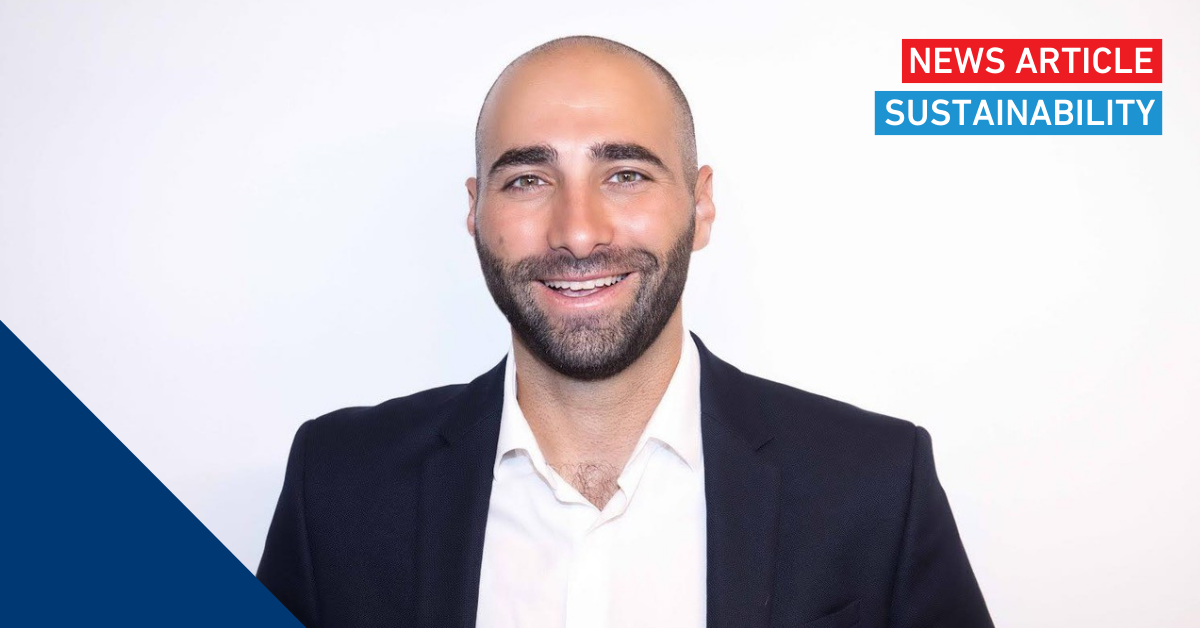
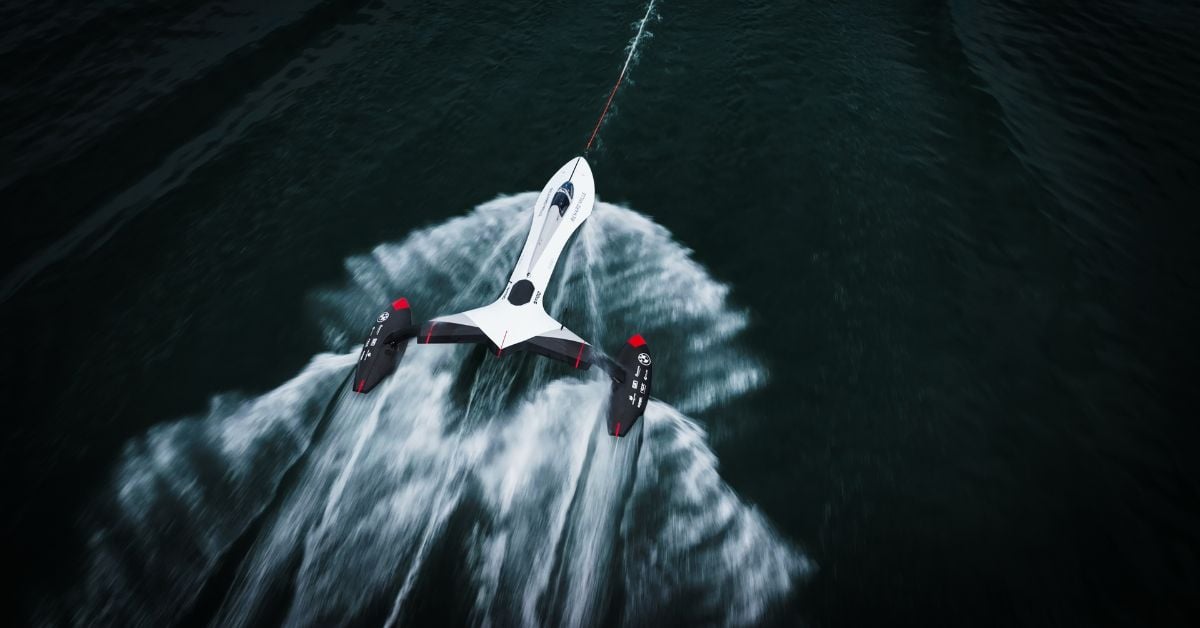
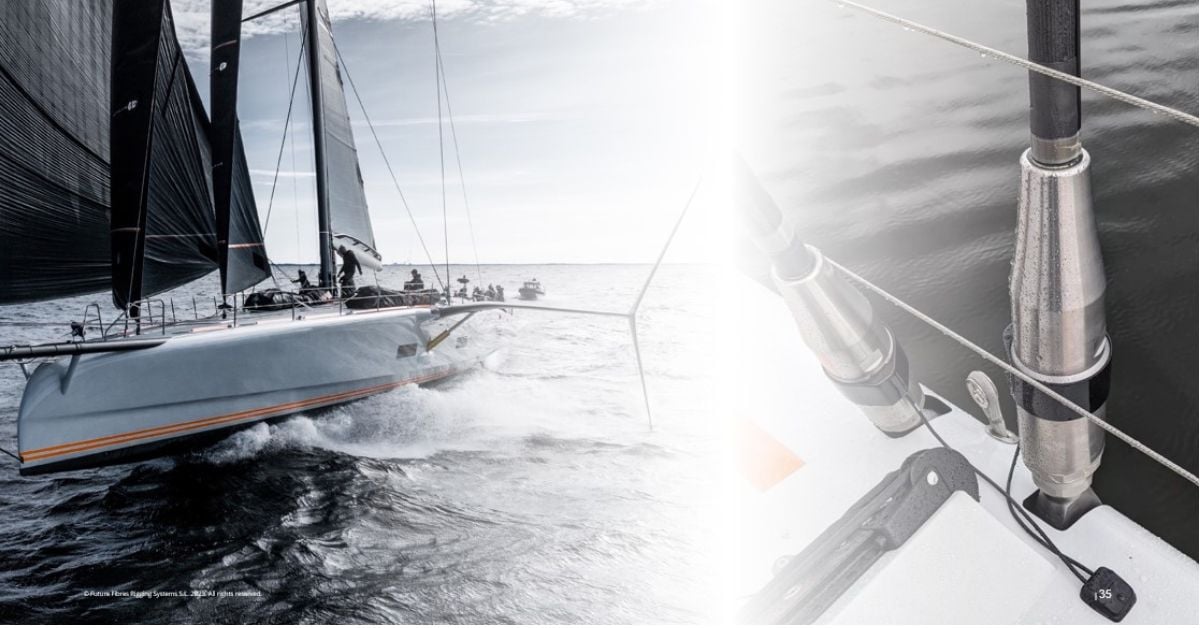
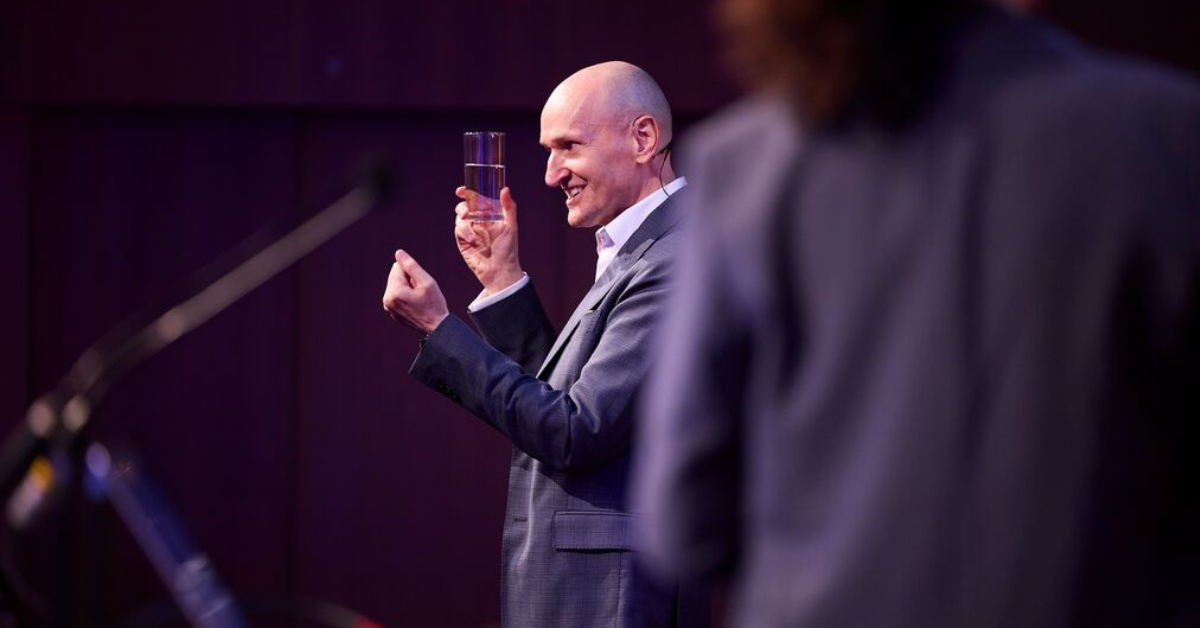
.jpg?h=400&iar=0&w=1200)
